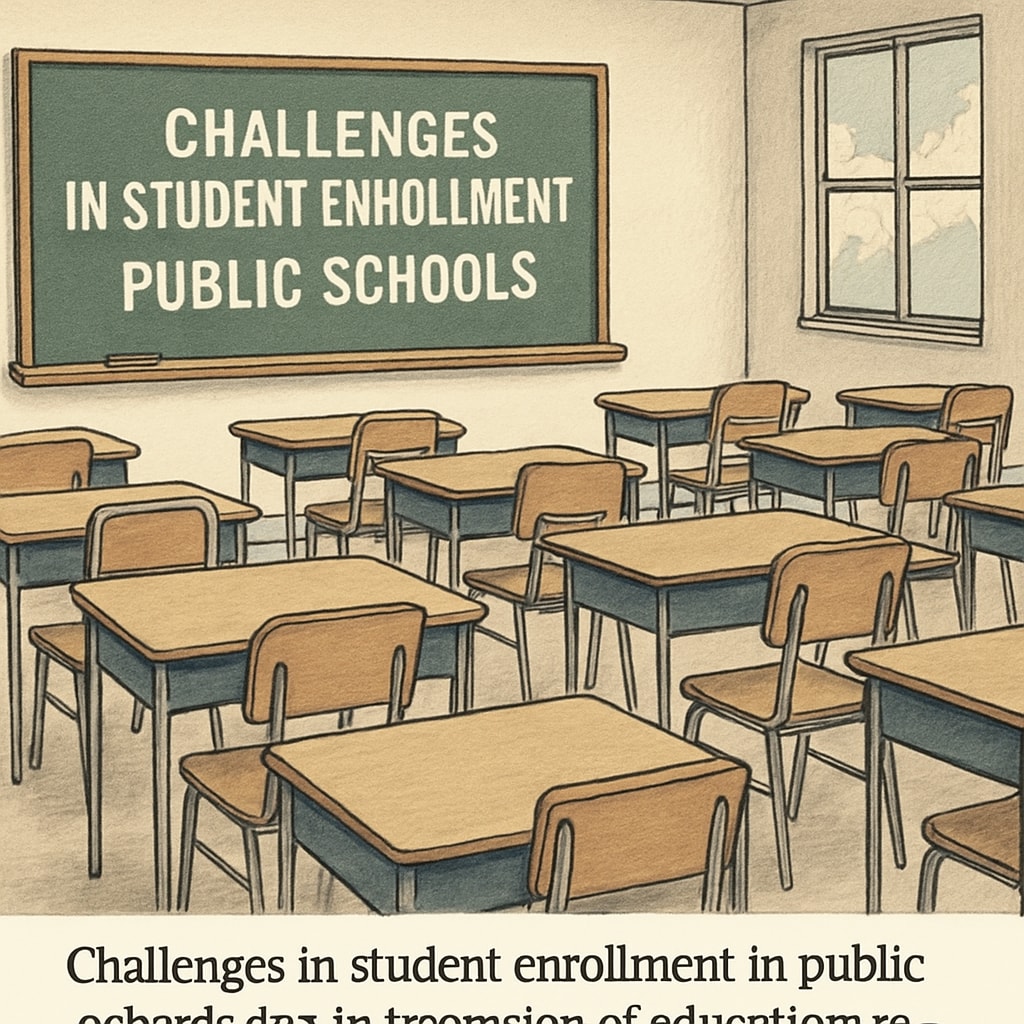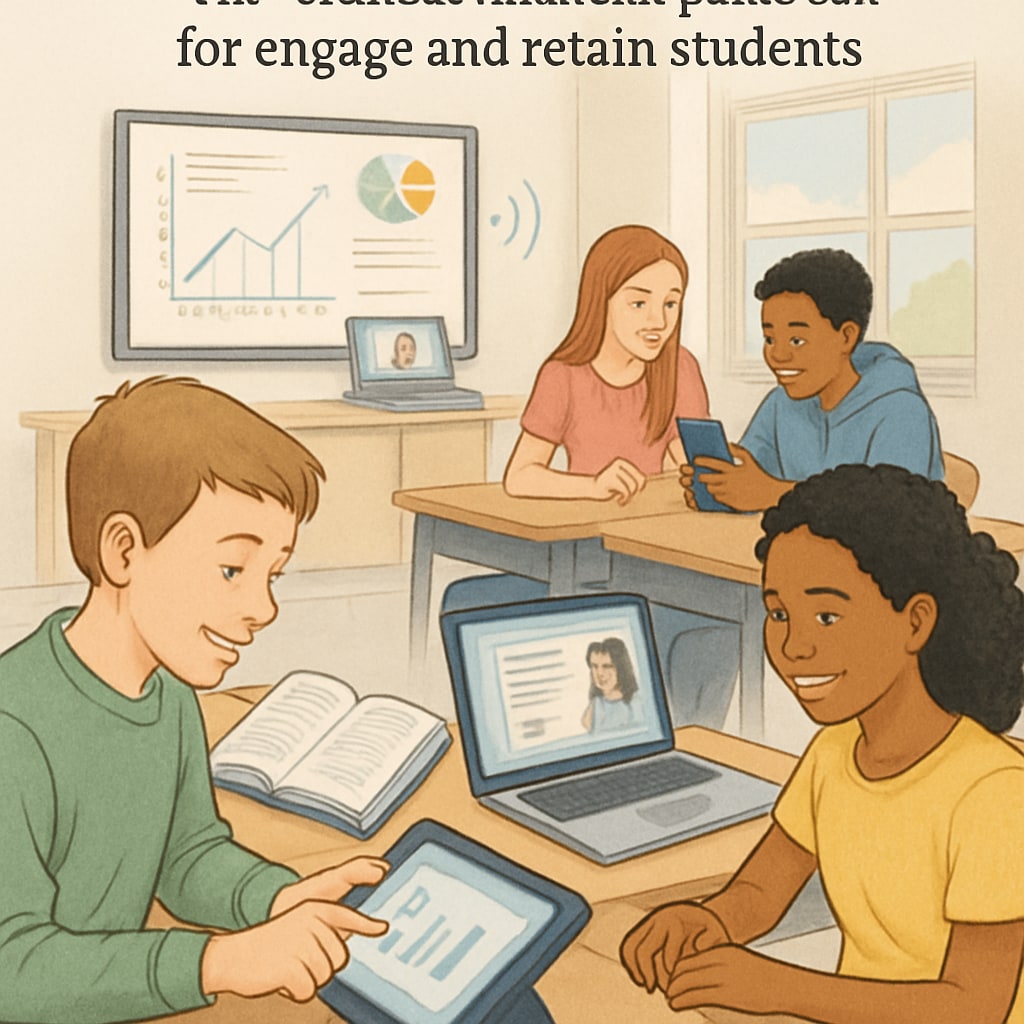Education voucher policies, which allow families to use public funding for private schooling, are significantly affecting public schools. States like Arizona, with its $7,500 voucher program, are leading the charge in expanding these initiatives. As a result, public schools face increasing pressure from declining student enrollment and funding redirection. This article delves into the implications of education voucher expansion and outlines strategies for public schools to adapt effectively.
How Education Voucher Policies Impact Public Schools
The widespread adoption of education voucher programs has introduced financial and operational challenges for public schools. These policies redirect funds that would typically support public education to private institutions, charter schools, or homeschooling families. With fewer students enrolled in public schools, funding formulas tied to enrollment numbers result in substantial budget cuts.
For example, Arizona’s universal voucher program provides up to $7,500 per student annually, incentivizing families to explore alternatives to public education. While this offers more choices for parents, it leaves public schools grappling with reduced resources, forcing them to reconsider staffing, extracurricular programs, and infrastructure investments.

Strategies for Public Schools to Counteract Enrollment and Funding Loss
In light of these challenges, public schools must adopt innovative strategies to remain competitive and retain students. Below are several actionable approaches:
- Improving Academic Programs: Public schools should prioritize enhancing their curriculum to include STEM (Science, Technology, Engineering, and Mathematics) initiatives, arts programs, and advanced placement courses to appeal to diverse student interests.
- Strengthening Community Engagement: Schools can build stronger relationships with local communities by hosting open houses, parent-teacher events, and workshops that showcase their offerings and foster a sense of belonging.
- Investing in Technology: Implementing modern educational technologies, such as interactive learning tools and virtual classrooms, can make public schools more appealing to tech-savvy families.
- Marketing and Outreach: Schools should proactively market their achievements, unique programs, and success stories through social media, newsletters, and local advertising campaigns.

Long-term Implications of Education Voucher Expansion
While education vouchers provide families with greater freedom of choice, they also raise important questions about equity and accessibility. Public schools often serve as a critical safety net for low-income and disadvantaged students. As funds are diverted, these schools risk losing the ability to provide essential services, such as free meals, special education, and counseling programs.
The growing competition from private institutions and charter schools may also exacerbate existing disparities in education quality. Policymakers and educators must work collaboratively to ensure that public schools remain viable options for all families while addressing the needs of diverse student populations.
Conclusion
Education voucher policies are reshaping the landscape of public education, presenting both challenges and opportunities. Public schools must adapt by embracing innovation, improving their offerings, and engaging with their communities to remain relevant. By implementing these strategies, public schools can continue to play a vital role in providing equitable and high-quality education, despite the pressures posed by voucher expansion.
As the debate over education funding intensifies, the need for balanced solutions that benefit all stakeholders becomes increasingly urgent. Public schools are resilient institutions, and with the right strategies, they can navigate these challenges and emerge stronger.
Readability guidance: This article uses concise paragraphs, lists to summarize strategies, and transitions for clarity. It maintains an active voice and avoids overly complex sentence structures to ensure accessibility for a broad audience.


